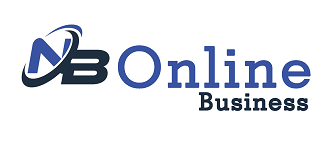As a self-employed individual, you control your destiny. If you want to take a vacation, you can. If you want to take Mondays off, you don’t have to ask for permission. You make all the decisions and you reap all of the benefits.
However, being self-employed presents a few significant risks and difficulties.
For one, if anything goes wrong, it’s on you. There is no one to blame or fall back on if you experience tragedy.
Furthermore, retirement planning can be difficult without the help of a larger company behind you. This is where the Solo 401k comes into play.
How a Solo 401k Helps the Self-Employed
So, how does one plan for retirement when they don’t have the resources of a large company? While there are a few options, one of the most compelling is the Solo 401k plan.
This retirement plan offers many unique benefits, the following three being the most tempting:
- Largest Maximum Contribution Limits Available
One of the most interesting elements of a self-employed venture is the fact that you serve as both the sole employee, as well as the employer within your company. When it comes to retirement fund contributions, this means that you can, in essence, invest funds as if you are two separate people.
As an employee under the age of 50, you can invest as much as $19,500 per year. If you’re over 50, you can contribute an additional $6,500 annually.
Additionally, employers can contribute up to $37,500 per year.
Taken together, this means you can save as much as $57,000 per year. This is much more than the average retirement fund allows for.
- Tax Flexibility
Like it or not, taxes are a big consideration when it comes to retirement planning. In general, you can sperate the methods of taxing your retirement contributions into two categories.
Traditional contributions are those that are made “pre-tax”. This means that there is no tax taken on them when they enter your fund, but you must pay taxes when you make withdrawals in retirement.
Roth contributions are just the opposite. These investments are made “after-tax”. This contribution method allows you to pay taxes as you contribute, enabling you to make easy, tax-free withdrawals when you are ready to retire.
- Loans
When you’re out on your own and you experience financial difficulties (either personally or professionally), you don’t have many places to which you can turn. For this reason, a Solo 401k enables you to take out loans of as much as $50,000. If you don’t need to take money from your account, you shouldn’t. But we can’t always control for extenuating circumstances, and sometimes a loan from your retirement fund may be your saving grace.
Conclusion
Do you have a retirement fund set up for your single-member business? If not, you should strongly consider opening a Solo 401k plan. Contact a plan provider today! They would be happy to discuss the plan with you at length so that you can determine if it is the right fit for your business.




